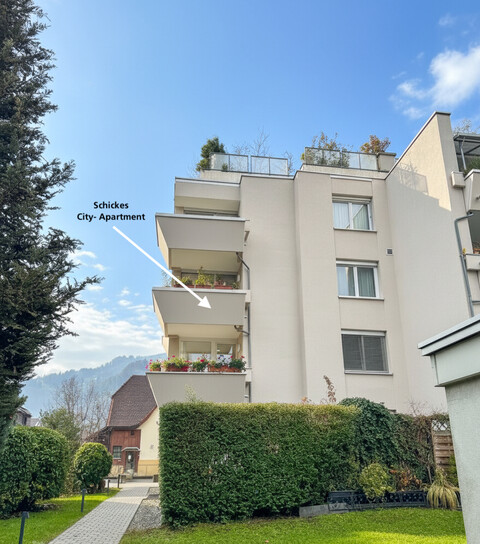Stricter Criteria for Continuing Education Time

The further education time as a more effective successor model for educational leave from 2026 is now finalized. The costs recently amounted to around 650 million euros per year, and now the government has reserved only around 150 million euros. Social Minister Korinna Schumann (SPÖ) has sent the draft law for review, with the review period running until September 29.
Educational leave expired at the end of March
First, the Ö1 "Morning Journal" reported on the draft law on Tuesday. The Court of Audit and Wifo have previously advocated for a reform of educational leave to increase the effectiveness of the further education measure. The old educational leave expired at the end of March. However, there are still cases during a transition period. It was accepted if the agreement was concluded by the end of February and the educational measure started by May 31, 2025, at the latest.
Stricter criteria for entitlement to further education time
As with educational leave, there is no legal entitlement to further education time. The Public Employment Service (AMS) remains responsible for processing. Unlike the old regulation, companies will have to make a financial contribution in the future. If the salary exceeds a certain threshold (currently 3,225 euros), the employer will have to contribute 15 percent to the further education allowance, according to the draft law.
The criteria for receiving further education time have been significantly tightened compared to educational leave. For example, those who already have a master's degree must have worked in a job subject to social insurance for at least four years. A direct connection to parental leave is also no longer possible. Unlike the old model, the AMS also checks whether the further education is labor market-relevant and promising. The further education must be at least 20 hours per week or 16 hours with caregiving responsibilities. To receive the allowance, one must have worked for at least 12 months with the current employer, while three months are sufficient in seasonal businesses.
Financially Attractive for Low Earners
For low earners, the educational leave successor model is significantly more financially attractive than the old variant, which was only based on unemployment benefits. From 2026, the minimum further education allowance will be 1,212 euros per month - according to the Ministry of Social Affairs, this is almost three times as much as before. Depending on how high the previous income was, the allowance can be up to 2,038 euros.
With the new further education period, "those who have formally low qualifications or a low income can now be more easily brought into higher qualification while maintaining their employment relationship," said the Minister of Social Affairs on ORF radio. Due to the significantly higher minimum allowance, "the decision is much easier for this group of people." Previously, educational leave was mainly used by already highly qualified employees.
Greens Critical, NEOS Positive
The Greens view the educational leave successor model critically. "With the new further education allowance, the possibility of self-chosen, self-determined further education or even career reorientation - essential features of educational leave and part-time education - is massively restricted," said the Greens' labor and social spokesperson, Markus Koza, in a statement. Due to the employer's obligation to contribute to further education measures starting from middle incomes, qualifications that benefit the company are primarily promoted. "The wishes of the employees are certainly pushed into the background, and company interests primarily count," said Koza. This "also comes at the expense of labor market mobility."
The NEOS, as part of the federal government, welcome the educational leave reform. "We have ironed out the weaknesses of the old system while keeping the strained budget situation in mind," commented NEOS social spokesperson Johannes Gasser on the draft law. It has been ensured that people can use the further education allowance "who have lower educational qualifications and therefore benefit more from higher qualification in the labor market," explained the NEOS politician. Furthermore, unlike educational leave, further education time "can no longer be used as a golden handshake at the expense of taxpayers when terminating employment relationships."
(APA/Red)
This article has been automatically translated, read the original article here.
Du hast einen Hinweis für uns? Oder einen Insider-Tipp, was bei dir in der Gegend gerade passiert? Dann melde dich bei uns, damit wir darüber berichten können.
Wir gehen allen Hinweisen nach, die wir erhalten. Und damit wir schon einen Vorgeschmack und einen guten Überblick bekommen, freuen wir uns über Fotos, Videos oder Texte. Einfach das Formular unten ausfüllen und schon landet dein Tipp bei uns in der Redaktion.
Alternativ kannst du uns direkt über WhatsApp kontaktieren: Zum WhatsApp Chat
Herzlichen Dank für deine Zusendung.








